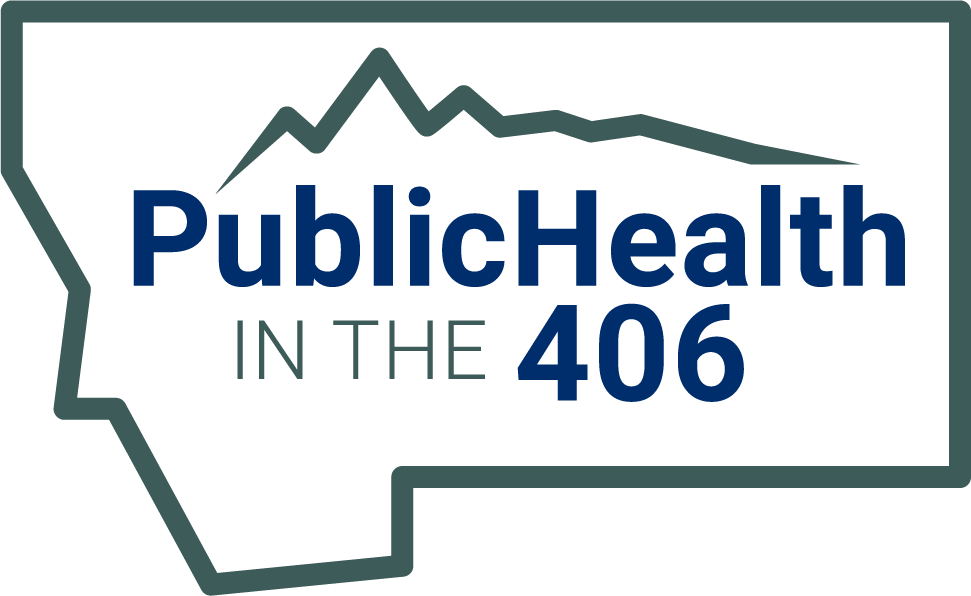About Arthritis

Arth (joint) + Itis (inflammation) =
Inflammation of the joint
- Arthritis is the inflammation or swelling of one or more joints.
- Arthritis is not a single disease. Arthritis is an umbrella term to describe joint pain or joint disease.
- There are 100+ different types of arthritis and related conditions.
- Arthritis does not discriminate, people of all ages, gender, and race can be affected by arthritis, including children.
- Arthritis is more likely to affect:
- Women
- Adults aged 65+
- Lower household income
- Live in rural areas
- Overweight or obese adults
- Veterans
- Adults with disability
- Arthritis is more likely to affect:
- Arthritis is the most common chronic disease in the United States.
- 1 in 5 of US adults have been diagnosed with arthritis.
- In 2021, over a quarter (28%) of Montana adults report being diagnosed with arthritis.
Basic Facts
- Arthritis is the leading cause of disability.
- Arthritis is one of the most common chronic diseases in the United States.
- More than 1 in 3 adults in rural areas have arthritis.
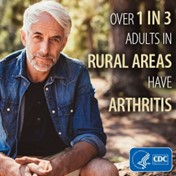
- Adults in rural areas are more likely to have arthritis than adults that live urban areas.
- 2 out 3 adults who are overweight or obese have arthritis.
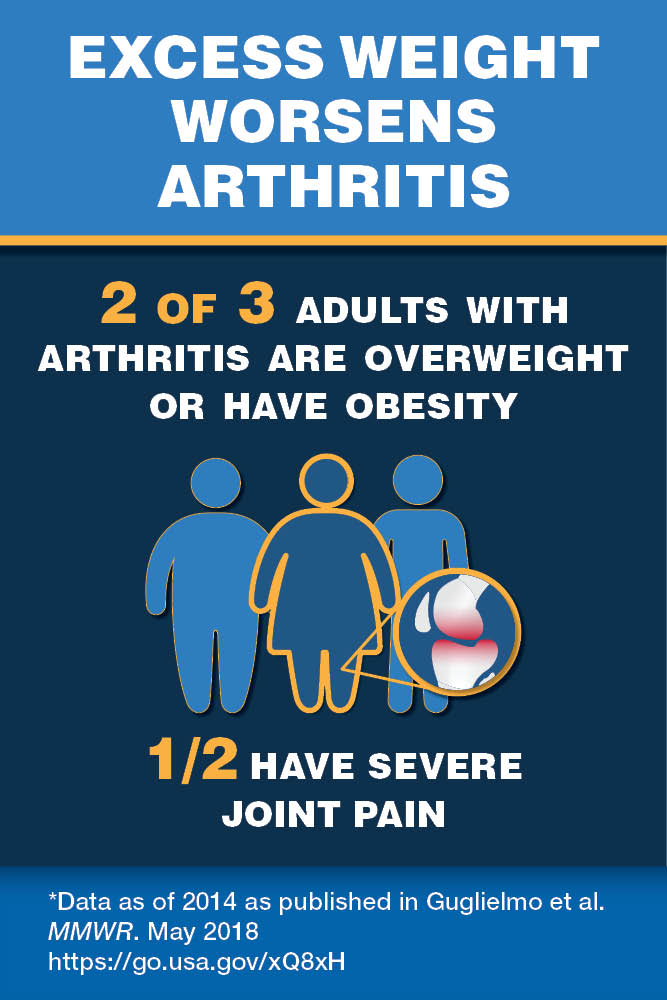
- 1 in 3 veterans have arthritis from their time in the service.
- Due to overuse and traumatic injuries during the service.
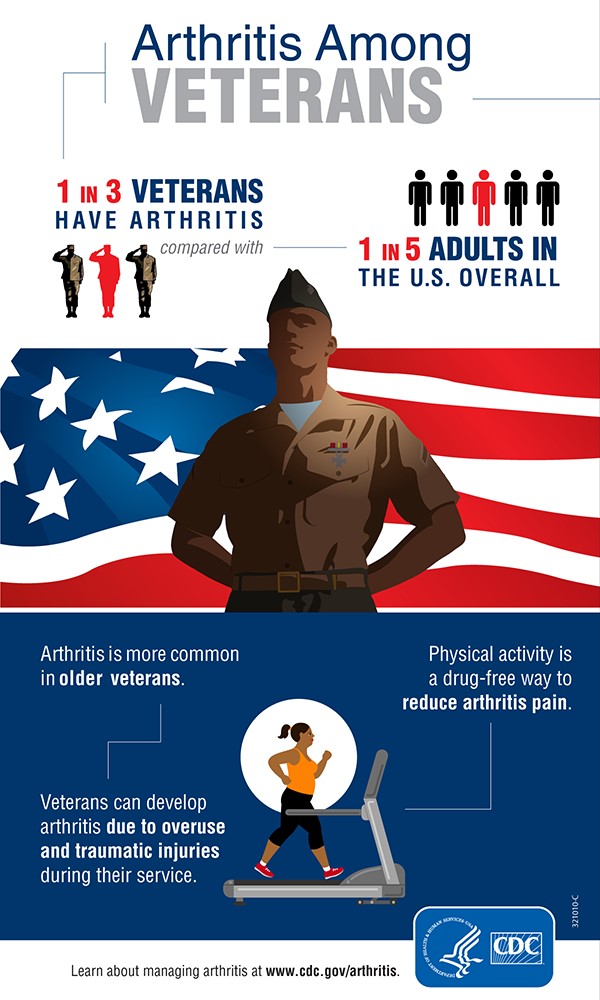
Nationally
- Almost 25% (54.4 million) US adults, aged 18 years or older have a doctor diagnosis of arthritis.
- Of the 54.4 million US adults with arthritis, nearly half (43.5%), report experiencing some type of daily life activity limitation.
- Activity limitation includes but not limited to holding a cup, lifting and carrying groceries, and walking.
- Arthritis rates are projected to increase as the population grows and ages.
Montana
- Over a quarter, 28%, (approximately 237,000) Montana adults, aged 18 years or older have a doctor diagnosis of arthritis.
- In Montana, 4 out of 5 Montana adults with arthritis (81%) have at least one additional chronic health condition.
- Chronic health conditions include but not limited to hypertension, high cholesterol, depression/anxiety, cancer, heart disease, diabetes, and asthma.
- Nearly half, 45%, of Montana adults with arthritis experience some type of daily activity limitation because of joint pain, stiffness, and decease of motion.
- This includes work and daily activity limitation such being able to perform job duties or holding a cup.
- Montana has higher rates of arthritis compared to overall US.
- Montana adults have significantly higher prevalence of arthritis than U.S. adults. (BRFSS, 2016-2021).
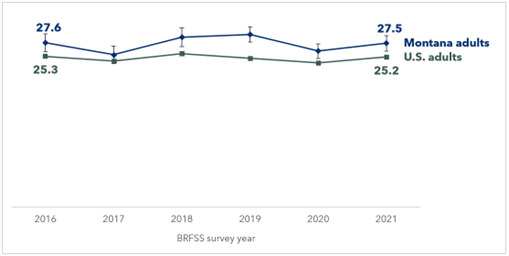
Arthritis Symptoms
Most common symptom of arthritis is pain, swelling, stiffness, and decrease range of motion in or around one or more joints.
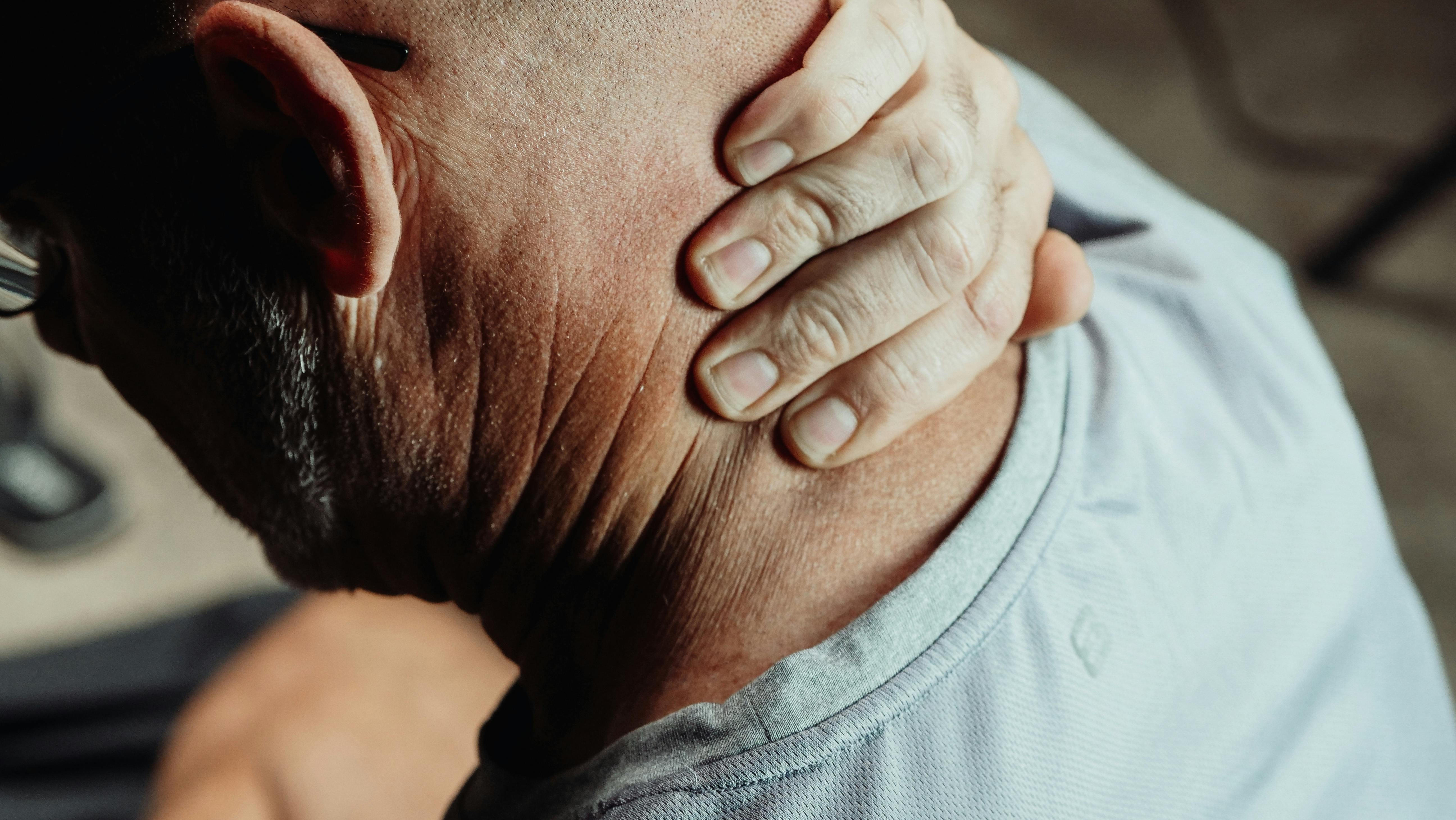
- Some types of arthritis, like rheumatoid arthritis (RA), also affects the immune system and other internal organs.
Arthritis symptoms are not the same for everyone. Those with arthritis experience different symptoms and severity of arthritic pain and stiffness.
- Arthritis symptoms may come and go or progress and get worse over time.
- Arthritis symptoms can range from mild, moderate, to severe.
Types of Arthritis
Arthritis is defined as the inflammation, swelling, and/or stiffness of one or more joints.
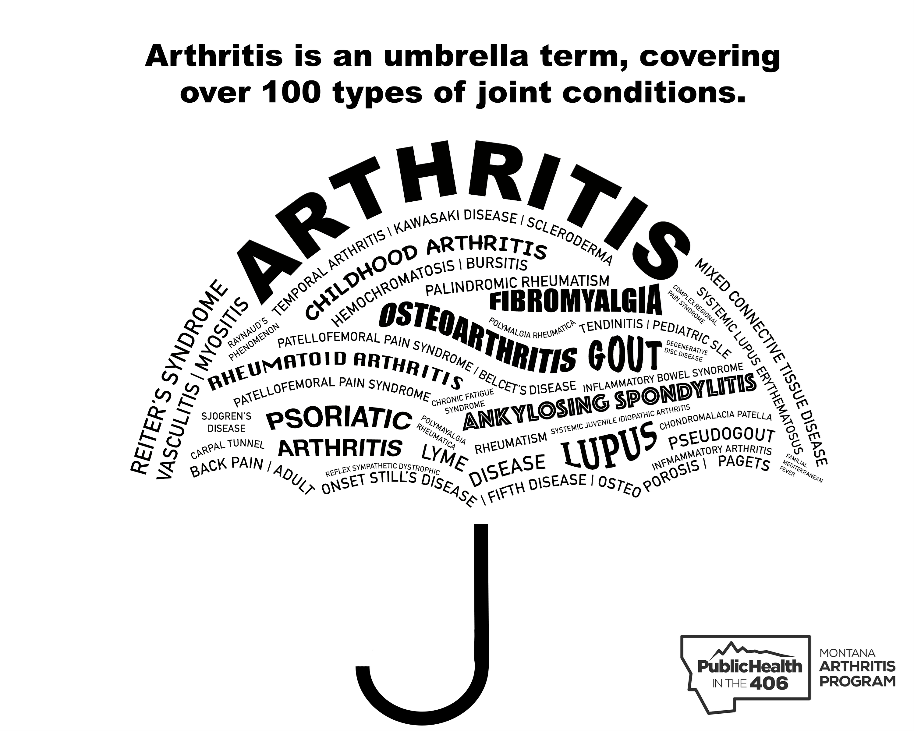
- Click to view the different types of arthritis.
Osteoarthritis (OA)
- Typically known as a degenerative joint disease or “wear and tear” arthritis.
- Osteoarthritis can affect any joint; however, it usually is seen in the knees, hips, lower back, neck, fingers, and toes.
To learn more about osteoarthritis:
Rheumatoid Arthritis (RA)
- Rheumatoid arthritis is an autoimmune disease that attacks the body’s own joints by mistake.
- Rheumatoid arthritis commonly affects the joints in the hands, wrists, feet, elbows, knees, and ankles.
- This type of arthritis usually affects the joints symmetrically; meaning if one hand is affected, the other have will also be affected at the same time.
- Rheumatoid arthritis goes beyond attacking it the joints; it can also affect the immune system and other internal organs.
To learn more about rheumatoid arthritis:
Gout
- Gout is a form of inflammatory arthritis.
- Individuals with gout typically have high levels of uric acid in their blood.
- The uric acid creates needle-like crystals and then collect in the joints, causing joint swelling and pain.
- Gout typically affects one joint at a time, often the big toe joint.
Juvenile Arthritis (JA)
- Also referred as childhood arthritis.
- Juvenile arthritis is an umbrella team to describe arthritis in children under the age 16.
- Juvenile arthritis affects nearly 300,000 children in the United States.
Arthritis and Mental Health
Arthritis is painful and can be exhausting.
Having any form of arthritis can have a negative effect on mental health and mental health programs can worsen arthritis symptoms.
Anxiety and Depression
Adults with arthritis and anxiety and/or depression have poorer overall health and quality of life.
- In the United States, an estimated 10.3 million adults with arthritis reported symptoms of anxiety, depression, or both.
- A third of adults in Montana with arthritis have experienced depression.
- Nearly 1 in 5 adults with arthritis and major depression reported suicidal ideation.
If you or someone you know are thinking about suicide, call Montana 988.
- Free, confidential emotional support
- 24/7 across Montana
Pain and Depression
The vicious cycle of pain, poor health, and negative mood can negativity affect the management of arthritis and overall quality of health.
- Pain triggers depression
- Living with daily pain is physically and emotionally stressful.
- Depression makes pain worse.
- Depression weakens the ability to cope with pain.
Coping and Comfort
There is no one-size fits all to manage arthritis pain, below are some ideas to help ease the pain. It is easier to deal with arthritis symptoms if you stay ahead of the pain before it gets unbearable.
- Be physically active:
- Movement can decrease pain and stiffness.
- Improve wellbeing
- Attend an arthritis approved exercise program
- Medication:
- Talk with a health care provider to on a determining the appropriate pain management course.
- There are many types of medications, including over-the-counter pain medications, however, no medication is completely free of side-effects.
- Cognitive behavioral therapy:
- Combination of talk therapy and behavioral modifications to identify help break the negative cycle.
- Relaxation therapy:
- Meditating and/or praying
- Yoga
- Deep breathing
- Listen to music
- Be outside
- Write in a journal
Cost of Arthritis
Arthritis is costly—both in medical care and in lost wages.
- Annually 172 million workdays are lost due to arthritis.
- It is estimated that nationally arthritis cost $304 billion from medical care and lost wages.
- $140 billion in medical cost
- $164 billion in lost wages
- Osteoarthritis is the second most costly health condition to treat in United States hospitals due to joint replacement surgery.


